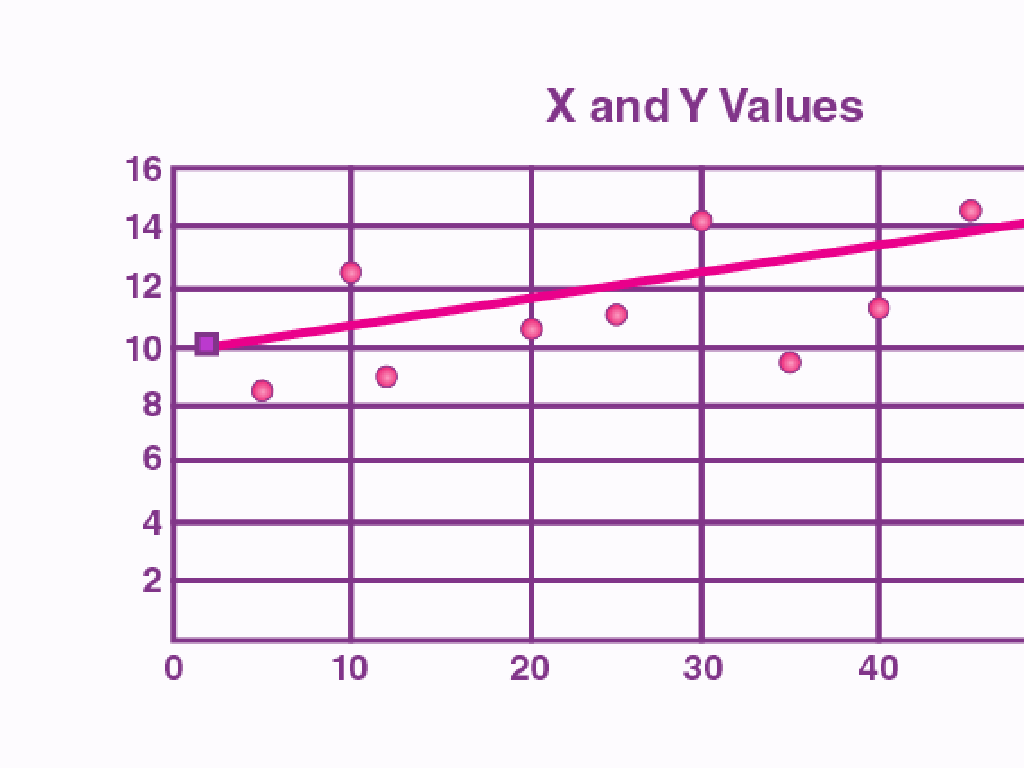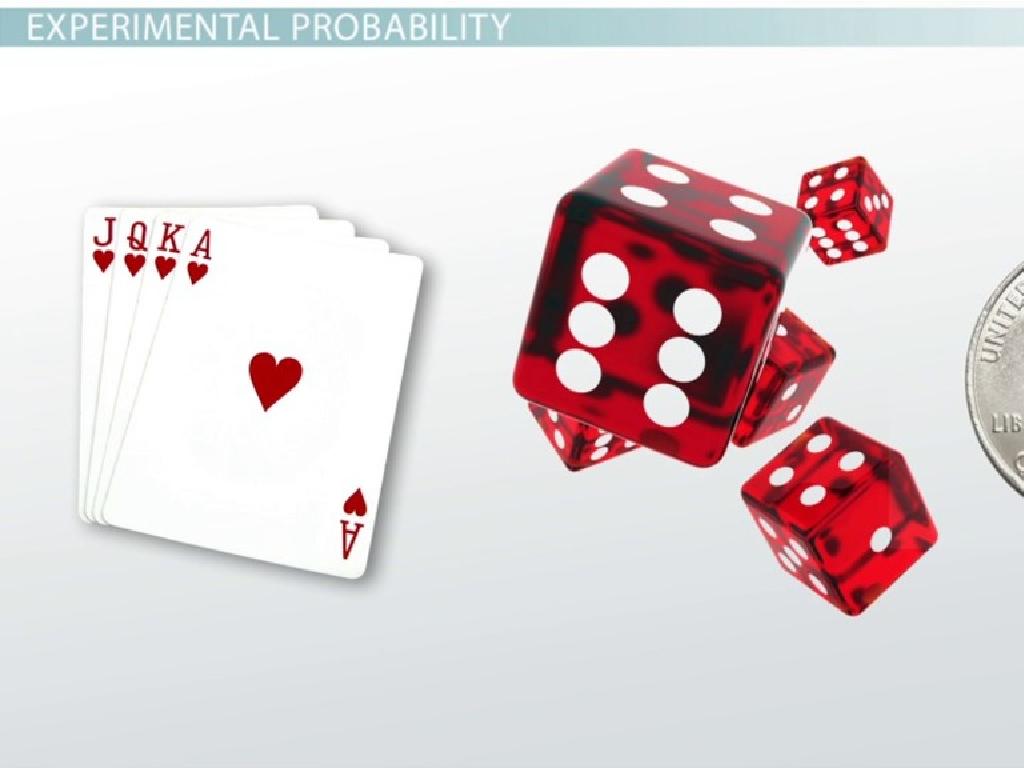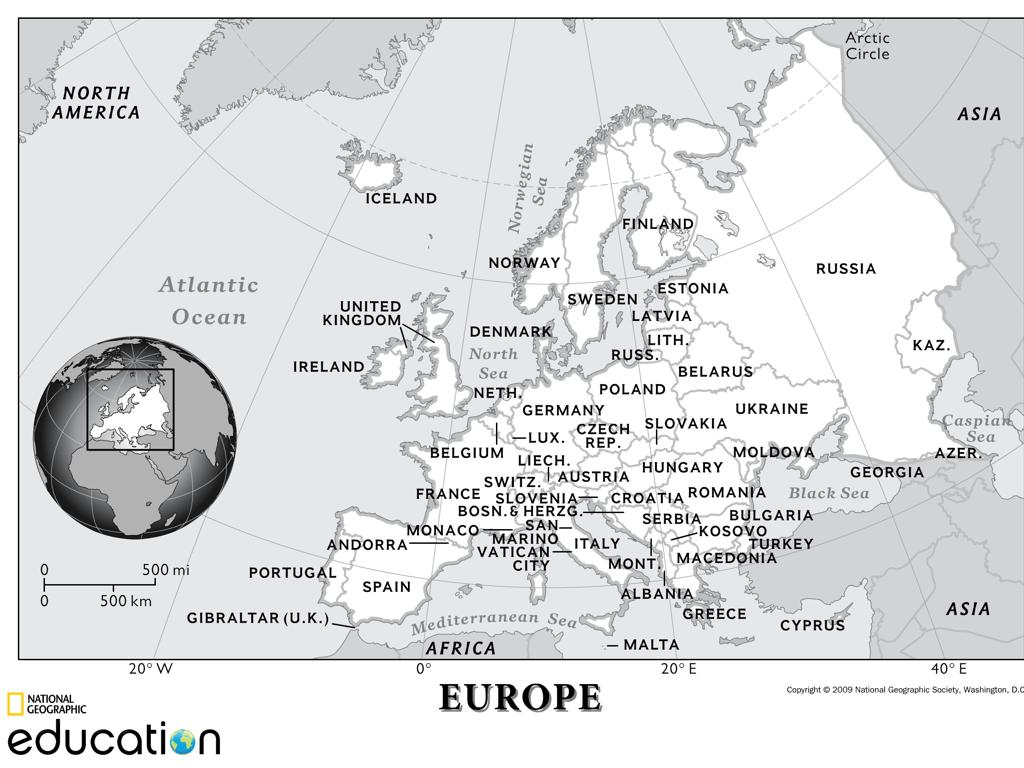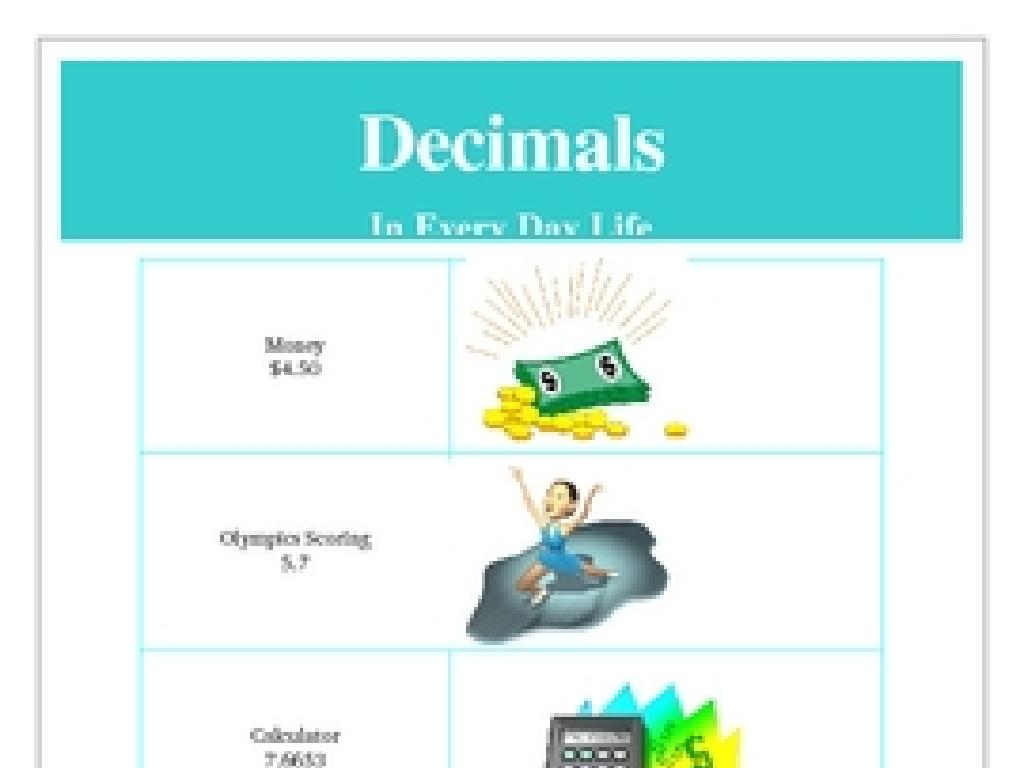Use Dictionary Definitions
Subject: Language arts
Grade: Third grade
Topic: Reference Skills
Please LOG IN to download the presentation. Access is available to registered users only.
View More Content
Exploring Dictionaries
– What is a dictionary?
– A book or online resource with words and their meanings
– Purposes of using dictionaries
– To understand word meanings, learn spellings, and find synonyms
– Different kinds of dictionaries
– Picture dictionaries, thesauruses, and bilingual dictionaries
– How to use a dictionary
|
Introduce the dictionary as an essential reference tool that helps us understand word meanings, learn correct spellings, and find synonyms or antonyms. Explain that dictionaries can be specialized, such as picture dictionaries for visual learners, thesauruses for finding synonyms, or bilingual dictionaries for language translation. Emphasize the importance of knowing how to use a dictionary effectively, including looking up words alphabetically and understanding the different parts of a dictionary entry (word, pronunciation, part of speech, definition, and sometimes an example sentence). Plan an activity where students can practice finding words in a dictionary and reading their definitions.
Exploring the Dictionary
– Guide Words: Top of the page
– They tell us the first and last words on a page.
– Entry Words: Listed in order
– The words you look up, in alphabetical order.
– Pronunciation: How to say it
– Tells you how to pronounce the word correctly.
– Word Definition: Meaning
– Explains what the word means.
– Part of Speech: Word type
– Identifies if the word is a noun, verb, etc.
|
This slide introduces students to the essential parts of a dictionary. Guide words at the top of each page help quickly locate words; entry words are the main words being defined and are arranged alphabetically. Pronunciation guides assist in correct speech, while the word definition provides the meaning. Understanding the part of speech is crucial for proper grammar. Encourage students to practice looking up words in a dictionary to become familiar with these components and reinforce their reference skills.
How to Use a Dictionary
– Understanding alphabetical order
– Alphabetical order helps us find words quickly.
– Finding the guide words
– Guide words at the top tell us the first and last word on the page.
– Locating the entry word
– The entry word is in bold and at the start of each section.
– Reading the definition
– The definition explains what the entry word means.
|
This slide introduces students to the basic skills needed to use a dictionary effectively. Start by explaining the importance of alphabetical order as a sorting system that helps us locate words faster. Show them how guide words at the top of dictionary pages can assist in finding the right page for the word they are looking for. Emphasize that the entry word will be in bold, making it stand out for easy finding. Lastly, discuss how to read the definition to understand the meaning of the word. Provide examples by looking up words in class and reading out their definitions. Encourage students to ask questions and practice these steps with their own dictionaries.
Understanding Dictionary Definitions
– What definitions reveal
– Definitions explain what a word means.
– Words with multiple meanings
– Some words can mean different things.
– Example sentences in dictionaries
– Dictionaries show how to use words correctly.
– Practice finding definitions
|
This slide introduces students to the concept of using a dictionary to understand word definitions. Emphasize that definitions are important for knowing exactly what a word means. Highlight that many words in English have more than one meaning, and dictionaries can help us understand these different meanings. Show how dictionaries provide example sentences, which are great for seeing how words fit into everyday language. Encourage students to practice looking up words in a dictionary to become familiar with finding and understanding definitions. This will help them become more independent in their reading and writing.
Practice Time: Exploring the Dictionary!
– Let’s look up words together
– Find words and their meanings
– Use the dictionary to discover what words mean
– Use new words in sentences
– Create your own sentence using the new word
– Share our sentences with the class
– We’ll take turns sharing and discussing our sentences
|
This slide is designed for a classroom activity where students will engage with the dictionary to enhance their vocabulary and understanding of word meanings. Start by demonstrating how to look up a word in the dictionary, discussing the guide words, and showing how to navigate through the alphabetical order. Then, have each student select a word they are curious about and find its meaning using the dictionary. Encourage them to use the word in a sentence of their own creation, which helps in cementing their understanding of the word’s usage. Finally, create a sharing environment where students can present their sentences to the class, fostering a collaborative learning experience. This activity will not only improve their reference skills but also their confidence in using new words in writing and speaking.
Dictionary Games: Expanding Vocabulary
– Engage in a Word Hunt Challenge
– Find and learn new words using a dictionary
– Participate in a Dictionary Race
– Race to look up words the fastest
– Create Your Own Dictionary Entry
– Pick a word and write its definition, part of speech, and use it in a sentence
|
This slide introduces interactive games to help students become familiar with using a dictionary. The Word Hunt Challenge encourages students to find new words and learn their meanings, promoting independent learning. The Dictionary Race is a fun activity that helps students practice quickly locating words and understanding their definitions. Creating their own dictionary entry allows students to apply their knowledge by choosing a word, writing its definition, identifying its part of speech, and using it in a sentence. These activities are designed to make the process of learning how to use a dictionary engaging and hands-on. For the teacher: Prepare a list of words for the Word Hunt and Dictionary Race, ensuring they are appropriate for the third-grade level. Provide guidance on how to create a dictionary entry, including examples.
Class Activity: Dictionary Scavenger Hunt
– Find a word starting with ‘R’
– Look up ‘whisper’ and note definition
– ‘Whisper’: to speak very softly using one’s breath
– Draw a word’s meaning
– Choose any word and illustrate it
– Share with the class
|
This activity is designed to familiarize students with using a dictionary and understanding how words can be visually represented. Provide dictionaries for each student or pair them up. Explain how to navigate the dictionary, focusing on alphabetical order. For ‘whisper,’ guide them to notice parts of speech, pronunciation, and definitions. Encourage creativity in their drawings and ensure they understand the word they choose to illustrate. During sharing, ask students to explain why they chose their word and what the picture represents. This will help reinforce their understanding of the word and its usage.
Wrapping Up: Dictionaries & Homework
– Recap dictionary usage
– Why reference skills matter
– Homework: 3 new words
– Find any three words you don’t know yet.
– Craft sentences with new words
– Write a sentence for each to show you understand.
|
As we conclude, remind students of the steps to look up words in a dictionary, emphasizing how this skill helps them become independent learners. Highlight the importance of reference skills in everyday life, not just in academics. For homework, students should find three words they haven’t learned before in a dictionary. They must write these words down, along with their definitions, and then use each word in a sentence. This exercise will reinforce their understanding of how to use a dictionary and apply their new vocabulary in context. In the next class, ask students to share their sentences and discuss any challenges they faced in understanding or using the new words.






